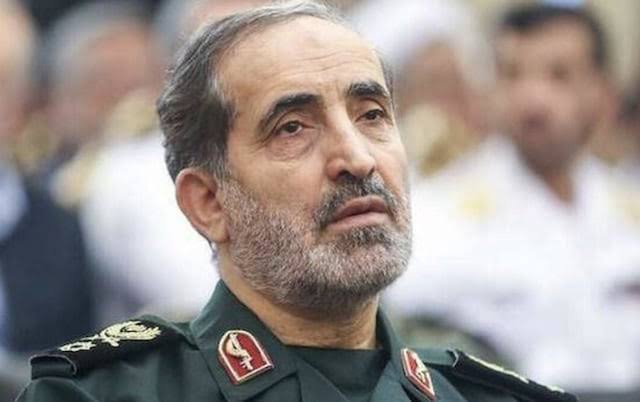Israel has reportedly assassinated Ali Shadmani, the newly appointed Chief of Staff of Iran’s Khatam al-Anbiya Central Headquarters, just four days after he assumed the role. Shadmani, considered one of the closest military figures to Iran’s Supreme Leader Ayatollah Ali Khamenei, was targeted in Tehran, marking a significant and bold escalation in the ongoing shadow war between Israel and Iran.
The Israeli military confirmed the operation, labeling Shadmani as Iran’s “most senior military commander.” His death follows closely on the heels of another high-profile killing — his predecessor, Gholam Ali Rashid, was assassinated in a precision Israeli strike just three days earlier. Together, the back-to-back assassinations represent an aggressive strategy by Israel to disrupt Iran’s military leadership amid intensifying hostilities between the two nations.
While Iran has not yet issued an official response, analysts warn that a forceful retaliation is likely. The nature and location of the strike suggest that Israel has achieved an unprecedented level of intelligence penetration within Iran. Experts view this as evidence of Israel’s willingness to carry out high-risk operations deep inside enemy territory, even at the risk of provoking a broader regional war.
The assassination of such a high-ranking military figure in the heart of Tehran is a major blow to Iran’s military command structure. Shadmani was not only a top strategist but also a symbolic pillar of Iran’s military establishment, closely linked to the Supreme Leader’s inner circle. His rapid appointment after Rashid’s death and immediate elimination raise concerns about the vulnerability of Iran’s leadership and the operational reach of Israeli intelligence services.
The region remains highly unstable, with frequent exchanges of drone and missile strikes between the two countries. Earlier on Tuesday, multiple explosions were reported in Israel’s central region, including Herzliya, causing structural damage to buildings. Around the same time, Iranian state media acknowledged an unexplained blast in the northwestern city of Tabriz. While neither side has claimed responsibility for these latest incidents, they underscore the increasingly dangerous tit-for-tat nature of the conflict.
The economic repercussions of the escalating violence are also becoming increasingly visible. Over 14,000 Israelis have filed damage claims for property losses resulting from recent Iranian strikes. In the industrial city of Haifa, oil refineries remain offline following earlier missile attacks, further straining the country’s infrastructure. The impact on energy supplies and public morale is mounting, raising the stakes for both governments as the conflict intensifies.
The international community has voiced growing concern about the potential for the violence to spiral out of control. The Group of Seven (G7) nations renewed calls for de-escalation during their recent summit, urging both sides to exercise restraint. However, diplomatic efforts appear to be faltering. U.S. President Donald Trump, who attended the summit, dismissed reports that he had left early to mediate a truce between Iran and Israel. Nonetheless, he issued a stark warning urging civilians to “immediately evacuate Tehran,” which has only fueled speculation about further imminent strikes.
Regional actors aligned with Iran, such as Lebanon’s Hezbollah and Yemen’s Houthi rebels, are being closely watched for potential involvement. Analysts fear that a coordinated response from Iran’s proxy networks could ignite a broader regional conflict. With Israel striking at the heart of Iran’s military leadership and Tehran expected to retaliate, the prospect of sustained, large-scale warfare appears increasingly likely.
As the situation continues to develop, governments around the world are bracing for the potential fallout. The death of Ali Shadmani not only removes a central figure in Iran’s military but also deepens the geopolitical crisis in the Middle East, heightening fears of an uncontrollable war that could draw in multiple nations and further destabilize an already volatile region.





